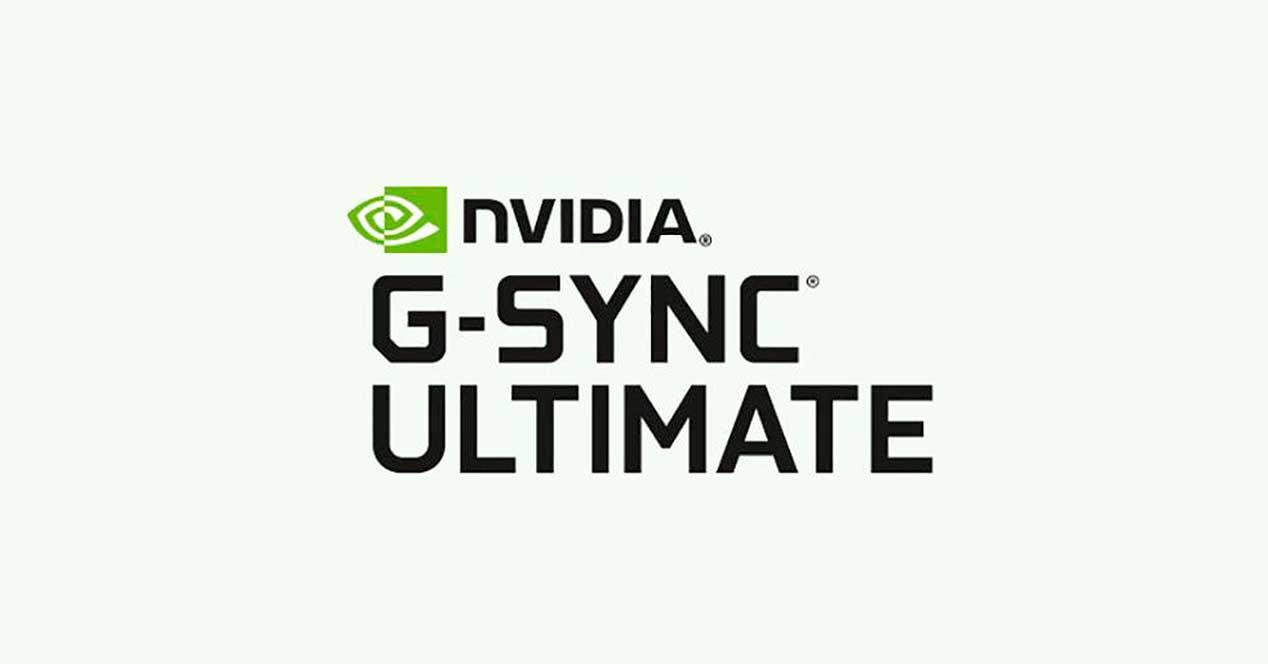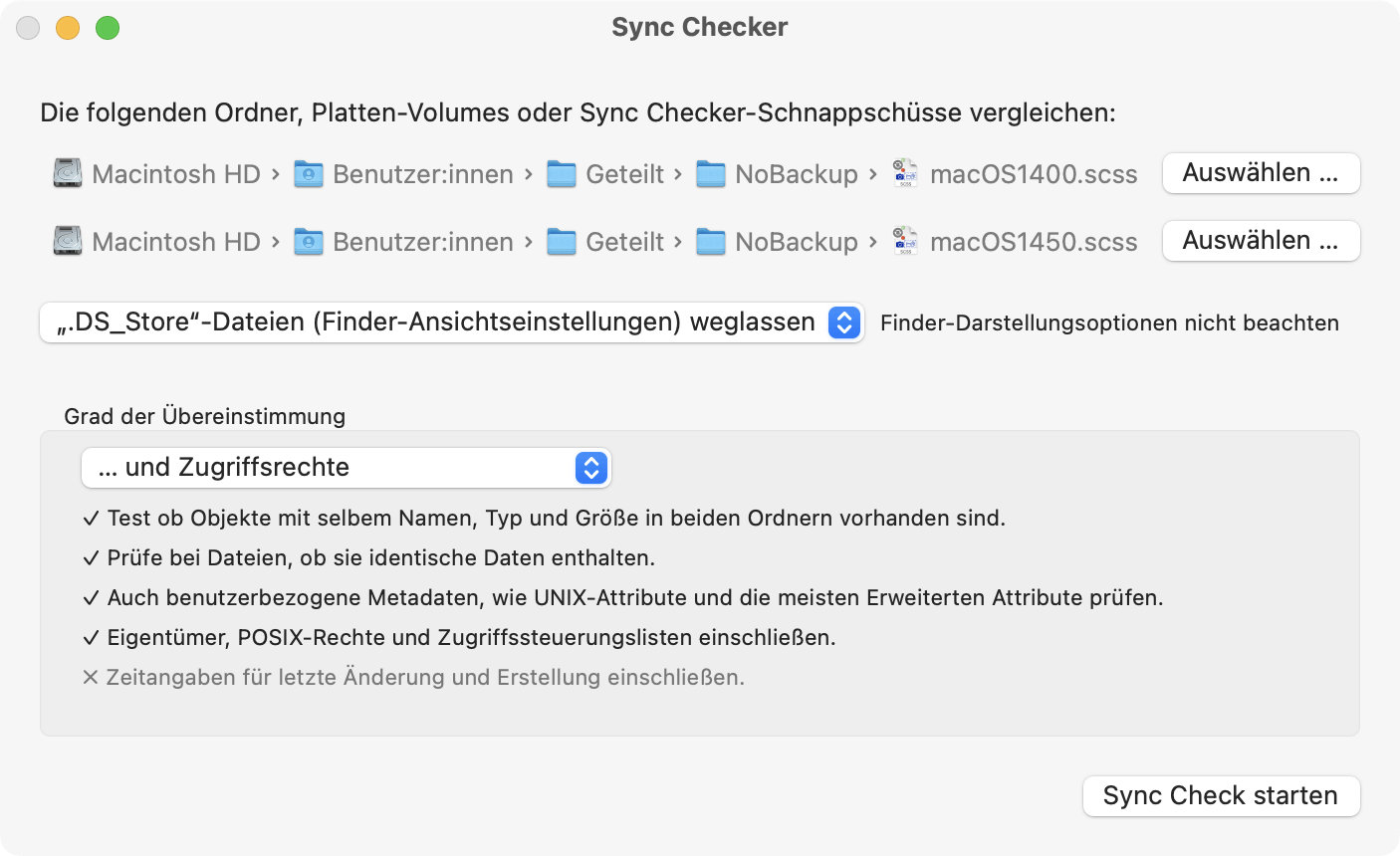
And the icing on the cake? With such powerful specs, it’s no surprise it sports a G-Sync Ultimate rating, so you’ll get to enjoy the best possible visuals enhanced by Nvidia’s game-changing technology. With a 27-inch QHD display, 240Hz refresh rate, and support for DisplayHDR 600, Dell’s Alienware AW2721D has everything you need for a high-end gaming experience. Ports: HDMI 2.0 x 2, DisplayPort 1.4, USB-A 3.2 Gen 1 x 4, USB-B 3.2 Gen 1.Why it made the cut: The Dell Alienware AW2721D has a sharp QHD display, plenty of ports, and a G-Sync Ultimate rating.
G sync checker how to#
Now that we know how to pick a great gaming display, we’ve lined up the best G-Sync monitors you can buy today. Hardware-enabled G-Sync monitors are already a rarified breed. The best G-Sync monitors: Reviews & Recommendations
G sync checker professional#
To make these selections, I drew on my prior experience and testing, as well as professional reviews from critics, consumer feedback, and conversations on forums. The time I’ve spent using various monitors has given me valuable insight into what specs to look for before making a purchase.

When I’m not assessing monitors for a review, I’m using one to watch movies, play video games, and edit photos. During that time, I’ve had the opportunity to evaluate many monitors for display quality, color accuracy, and other essential metrics. Over the past 10 years, I’ve tested and reviewed consumer electronics for publications like TechnoBuffalo, XDA Developers, and iMore. If your frame rate drops below a range supported by a G-Sync Compatible monitor, you might see some screen tearing. In addition to a broader variable refresh rate range, you’ll reduce input lag and add support for variable overdrive, which can help reduce motion blur, or “ghosting.” A G-Sync monitor with a 144Hz refresh rate has a VRR range of 30-144Hz, whereas a G-Sync Compatible monitor typically supports a dynamic range of 48-144Hz. There are advantages to using a gaming monitor with a dedicated G-Sync processor. (Our understanding is that this isn’t a hard and fast number, but roughly corresponds to a VESA DisplayHDR 600 rating or higher.) The company has also introduced a designation called “G-Sync Ultimate” for G-Sync monitors that hit certain benchmarks, including a 144Hz refresh rate or higher, P3 wide color gamut, and “best-in-class” high dynamic range (HDR). Some FreeSync monitors are now labeled “G-Sync Compatible,” which indicates that Nvidia tested the monitor’s variable refresh rate and found it plays well with the G-Sync software. Recently, Nvidia added two alternative versions of G-Sync, which muddy those distinctions. As a result, G-Sync monitors tend to be a little less common and a little more expensive than FreeSync monitors. By contrast, AMD’s rival technology, FreeSync, is purely software-based. G-Sync monitors have a built-in processor made by Nvidia that controls the monitor’s refresh rate by syncing with an Nvidia GPU.

The standard version of G-Sync is a hardware-based solution. In theory, the technology eliminates things like stutter, input lag, and screen tearing by avoiding drastic discrepancies between your GPU’s output and your monitor’s desired frame rate. G-Sync (and AMD’s rival technology, FreeSync) synchronizes the refresh rate of a monitor to the best frame rate your GPU can handle at that moment to provide gamers with a smooth, fast gaming experience. While the name may evoke a geriatric knockoff of N-Sync, Nvidia’s G-Sync technology, introduced in 2013, is one of two features found in monitors to manage variable refresh rate.
G sync checker series#
Best ultrawide: Samsung Odyssey G9 Series.


G sync checker Pc#
The best G-Sync monitors will make your gaming PC look consistently great, and put smearing and tearing behind you. It can make monitors a bit pricier, but G-Sync is available on some of the best gaming monitors around, from the 4K LGN950-B to the ultrawide Samsung Odyssey G9. If you’re using an Nvidia graphics card, then you should strongly consider using a monitor that supports the company’s G-Sync variable refresh rate technology. Even with a powerful setup, animations may look less than smooth at times when your graphics card performance can’t keep up with your target frame rate. Whether you’re a casual player or an esports champion, issues like stutter, input lag, and screen tearing mess with PC gamers everywhere.


 0 kommentar(er)
0 kommentar(er)
